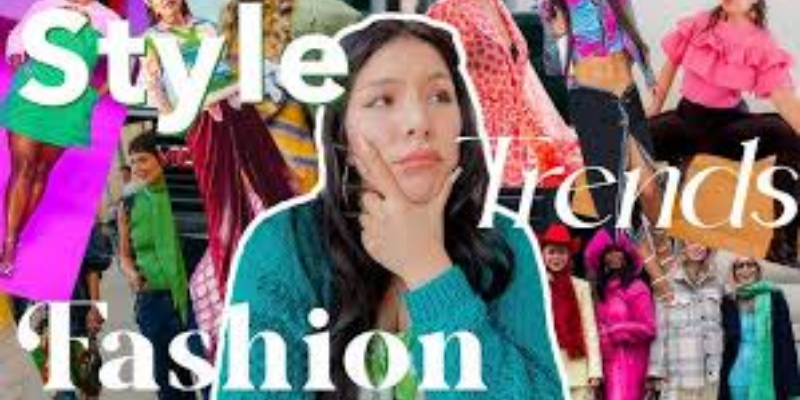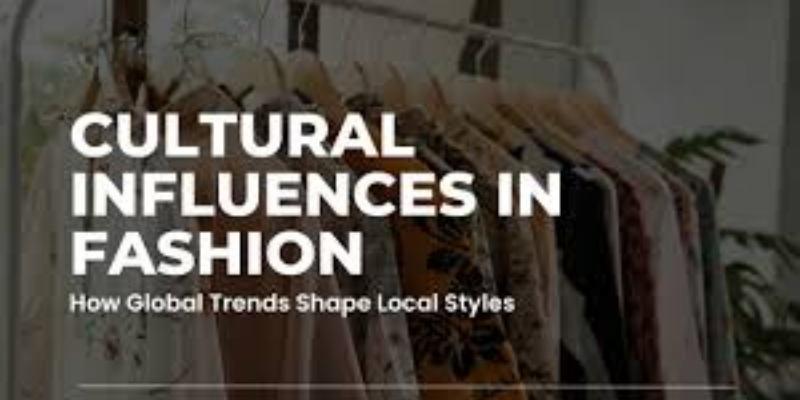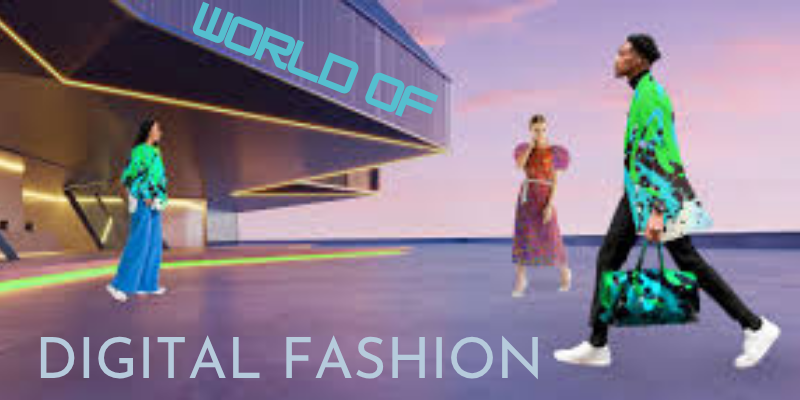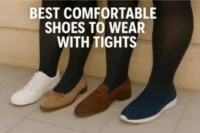Why Fashion Is Important? Beyond Just Looks
Published: 12 Jul 2025
Intro: More Than Looks—Fashion Tells Stories:
Fashion isn’t just about what we wear—it’s how we speak without saying a word. From bold colors to laid-back looks, every outfit reflects identity, mood, and style. Whether you follow trends or break the rules, fashion shapes how others see you—and how you see yourself. That’s why fashion is important: it blends self-expression, confidence, and creativity into something deeply personal. In today’s world, what we wear tells stories about culture, personality, and even our values. It’s not just clothing—it’s communication. Let’s explore why fashion matters more than ever, especially to the youth of today.
1. Your Outfit, Your Voice: Everyday Expression:
For teens and young adults, style isn’t just about looking good—it’s about being heard. These years are full of change, and when words fall short, fashion speaks up. That’s the real importance of fashion for youth: it gives them a way to express identity, mood, and emotion without saying a word.
Even in schools with strict dress codes or uniforms, students find ways to personalize their look—through shoes, accessories, or subtle tweaks. It’s not about breaking rules. It’s about being seen.

Style is also shaped by culture. TikTok trends, sports icons, and music artists drive what’s cool, blending influence and individuality. Whether you’re repping a band tee or copying your favorite K-pop star’s outfit, what you wear connects you to something bigger—while still keeping it uniquely yours.
2. Mental Health Meets the Mirror:
What you wear doesn’t just change how others see you—it can shift how you feel inside. That’s why fashion and mental health are more connected than we often realize. On tough days, people gravitate toward oversized hoodies or muted tones for comfort. On confident days, maybe it’s bright colors or a sharp fit. Clothing becomes emotional armor

This idea has a name: enclothed cognition—how wearing certain clothes can boost performance, focus, or mood. Dressing like success can feel like success.
But fashion hasn’t always been kind. Many young people struggle with body image, especially when trends exclude their size, skin tone, or identity. The good news? That’s changing. More brands are celebrating all bodies, making space for style that reflects everyone—not just the airbrushed few.
3. Cultural Influence: The Global Fashion Map:
Fashion isn’t just local—it’s global. What you wear can trace back to traditions, movements, and cultures around the world. From vibrant African prints to K-pop streetwear to Bollywood-inspired embroidery, global style influences are everywhere—and growing stronger by the scroll.

But with influence comes responsibility. There’s a big difference between cultural appreciation and appropriation. Wearing something meaningful from another culture without understanding its roots can feel disrespectful. Real appreciation means giving credit, learning context, and supporting creators from those communities.
Thanks to social media and streaming platforms, cross-border fashion trends now move fast. A look born in Seoul can go viral in LA. A pattern rooted in Lagos can show up in London. Today’s youth are mixing global influences with personal flair—and fashion becomes a conversation between cultures.
4. Fashion and the Planet: Time to Think Green:
Gen Z is rethinking fashion—and fast fashion is no longer cool. Cheap, trendy clothes might be easy to buy, but the cost to the planet is high. The industry produces millions of tons of clothing waste each year, with garments ending up in landfills after just a few wears. Add to that a massive carbon footprint from production and shipping, and the impact is clear.

That’s why more young people are choosing better. Thrifting has gone mainstream, offering unique style with less waste. Building a capsule wardrobe—a small set of timeless, mix-and-match pieces—is another way to stay fresh without overconsuming.
Fashion doesn’t have to be fast to be exciting. It just has to be intentional.
5. Careers & Creativity in Fashion:
Fashion isn’t just about designers and models—it’s a creative industry full of opportunity. Today’s fashion world needs stylists, content creators, tech developers, photographers, and social media strategists. From coding apps to directing campaigns, there’s room for every kind of talent.

For many young people, fashion also means financial freedom. Selling thrift flips on Depop, offering styling services, or launching an Instagram brand—these are real income streams. Fashion empowers youth economically by turning creativity into cash.
Side hustles are becoming startups. Passion projects are becoming full-time businesses. Fashion entrepreneurship is thriving, and Gen Z is leading it—with bold ideas, sharp instincts, and a fresh sense of purpose.
6. Fashion in a Digital World:
Style has officially gone digital. On platforms like TikTok and Instagram, fashion influencers don’t just show clothes—they set trends in real time. They’ve turned styling into a career, often reaching millions from their bedrooms. These creators are shaping what’s cool, what’s next, and what gets bought.

Meanwhile, the rise of digital closets—apps that track outfits, log purchases, and plan looks—means people are managing their style like playlists. It’s not about having more clothes. It’s about curating a smarter, more expressive wardrobe—both online and offline.
Even gaming has become a fashion space. Fortnite skins, Roblox avatars, and virtual outfits are now part of how young people express identity. These digital looks carry just as much personality and status as real-world outfits.
In this new era, fashion as digital identity is real. Whether it’s a selfie, a stream, or an avatar, style lives across screens—and it still says everything about who you are
7. The Deeper Impact: Why It All Matters:
Fashion isn’t just about getting dressed—it’s about how we move through the world. The right outfit can build confidence, connect you to your culture, or help you express something words can’t. It’s communication without speaking—a silent introduction, a visual statement.

But with that power comes responsibility. Every choice you make—from a slogan tee to a cultural piece—sends a message. Are you lifting voices? Supporting ethical brands? Respecting the story behind a trend?
Fashion gives you freedom, but it also gives you influence. How you use it matters. When style is backed by intention, it becomes more than clothing—it becomes action.
Conclusion: Don’t Just Wear It—Understand It:
Fashion is more than fabric—it’s identity, voice, and choice. Every outfit you put on reflects something real about you: your mood, your values, your story. But the most powerful style isn’t just about looking good—it’s about being intentional.
So take a moment. Think about your own fashion journey. What pieces have made you feel strong? Which choices reflected growth, rebellion, joy—or even struggle?
Your style is your signature. Own it. Shape it. Let it mean something.
Because when you choose fashion with awareness, you’re not just getting dressed. You’re showing up—with purpose, pride, and authenticity.

- Be Respectful
- Stay Relevant
- Stay Positive
- True Feedback
- Encourage Discussion
- Avoid Spamming
- No Fake News
- Don't Copy-Paste
- No Personal Attacks



- Be Respectful
- Stay Relevant
- Stay Positive
- True Feedback
- Encourage Discussion
- Avoid Spamming
- No Fake News
- Don't Copy-Paste
- No Personal Attacks





